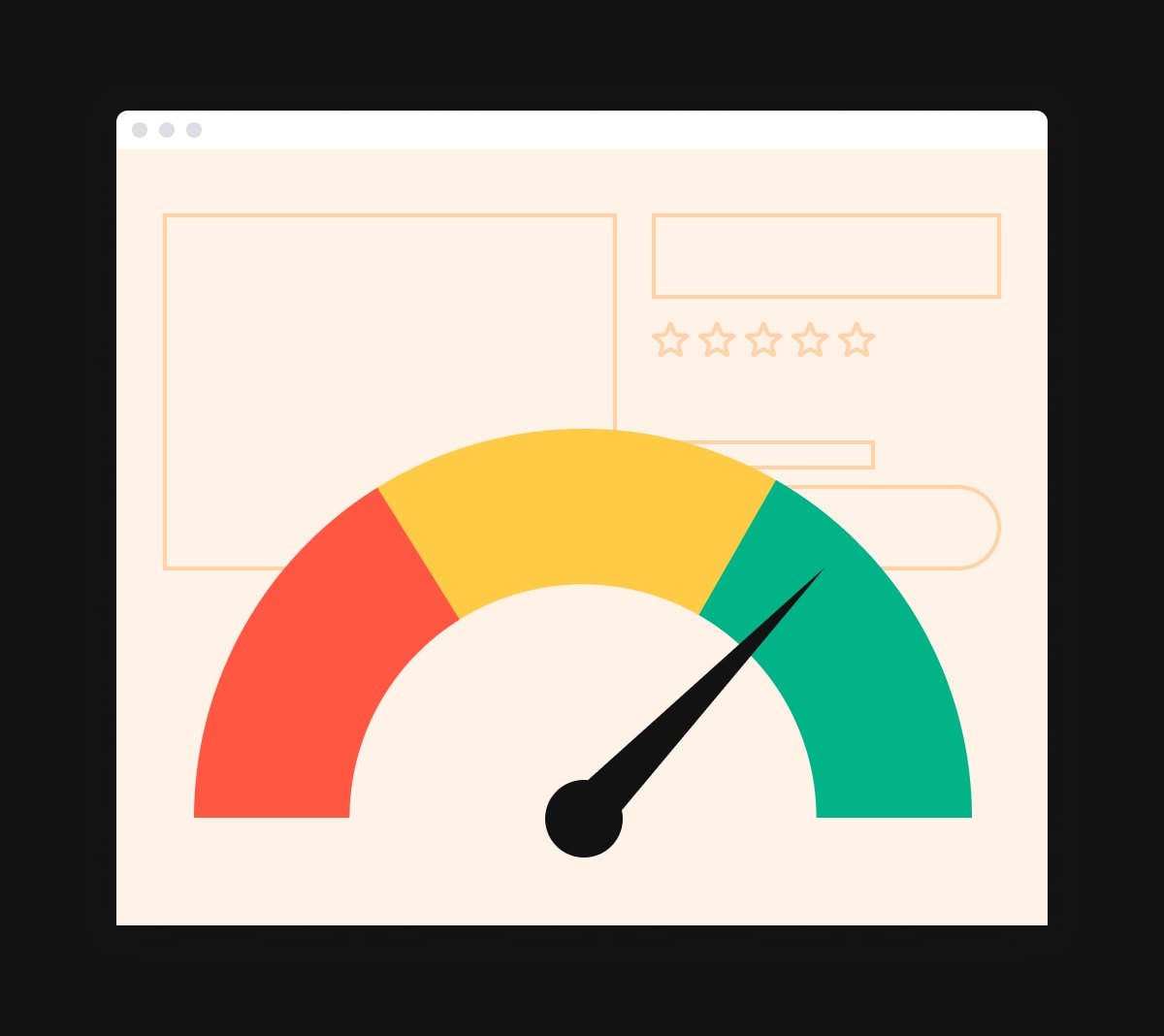Share
When it comes to selling online, there is one area of your site that needs extra attention: optimizing the Product Detail Page (PDP). Why? Because this is where shoppers spend most of their time.
In this article, we’ll explain the importance of the PDP, the typical shopper journey, PDP performance data, and how to optimize your PDPs for higher conversions and better shopper experiences. Here’s what you need to do to get started:
Prioritize The Product Detail Page
According to the Site Speed Standard — an industry benchmark that measures the experience impact of site speed and performance, drawing on the shopping activity of more than 25 billion page views across 200 leading retailers — the typical shopper journey is heavily concentrated on the PDP when shopping on mobile:

Considering over 68% of all eCommerce website visits in 2020 came from mobile devices, it’s safe to say that your focus should be on optimizing these pages for performance and shopper experience, making them the best they can be.
Additionally, a recent survey of over 1,000 US-based shoppers found that 76% of consumers are not starting their buying journey on retailers’ sites, but through other channels like Google and Amazon. The 76% of shoppers that are ending up on your site through other channels are likely to land on either a Product Detail Page (PDP) or a Category Page when they get to the site – NOT your Homepage. This is just another example of why optimizing these pages is so important.
If shoppers hit these pages and are disappointed by poor performance, like slow or inconsistent load time, then they will bounce and buy from the competition. In short, the PDP is your MVP, Most Valuable Page, and it must be optimized to fully maximize online revenue. You can learn more by watching this “PDP is the MVP” Video.
Keep Your Product Detail Pages Feature-Rich
Product Detail Pages need to be engaging, which is key to the best shopping experiences that ultimately convert. This can be accomplished with a feature-rich site.
What do we mean by “features?” The 3rd party technologies brands add to their sites that shoppers love and improve the overall buying experience. Some examples we can include here are product reviews and ratings, social media displays, product recommendations, and video. Tools like VideoWise, an all-in-one video solution for eCommerce sites, can also help shoppers convert across your site.
However, using media and technologies to make incredible shopper experiences results in a “heavy-weight” site. This can affect site performance and speed if not optimized correctly. But we’re here to tell you there is no need to trade speed for a great shopper experience.
In fact, according to the Site Speed Standard, optimized heavy sites have faster page load times than lightweight sites that have decided to cut out their rich features for quicker load times. When optimized, sites with the most features are 0.65 seconds faster than sites that are not optimized on mobile.
Make Your Product Detail Pages Fast
By optimizing your PDPs for speed, your conversion rates will improve. Here are some more findings from the Site Speed Standard on PDP optimization:
- By saving just one second of page speed on mobile, brands see bounce rates reduce by 12.2% and conversion rates increase by 5.7%.
- When optimized, PDPs load 34% faster — saving 2 full seconds of page load time on desktop, and 1.8 seconds faster, or 32% on mobile.
Clearly, there is an overwhelming amount of data that supports speeding up your PDPs. With an eCommerce acceleration solution, brands don’t have to worry about how heavy their pages are, what apps they have loaded and where, or how not to sacrifice shopper experience for a fast site.
By leveraging an acceleration solution to optimize and control all your browser-based site elements with a combination of application sequencing, actionable analytics, and image optimization, brands are enabled to speed up their entire eCommerce sites – not just PDPs. The end result is reduced performance violations, a super-fast online store, increased conversions, and more engaging shopper experiences.
Share




.jpg?width=420&height=420&name=live%20shopping%20top%205%20fashion%20(1).jpg)